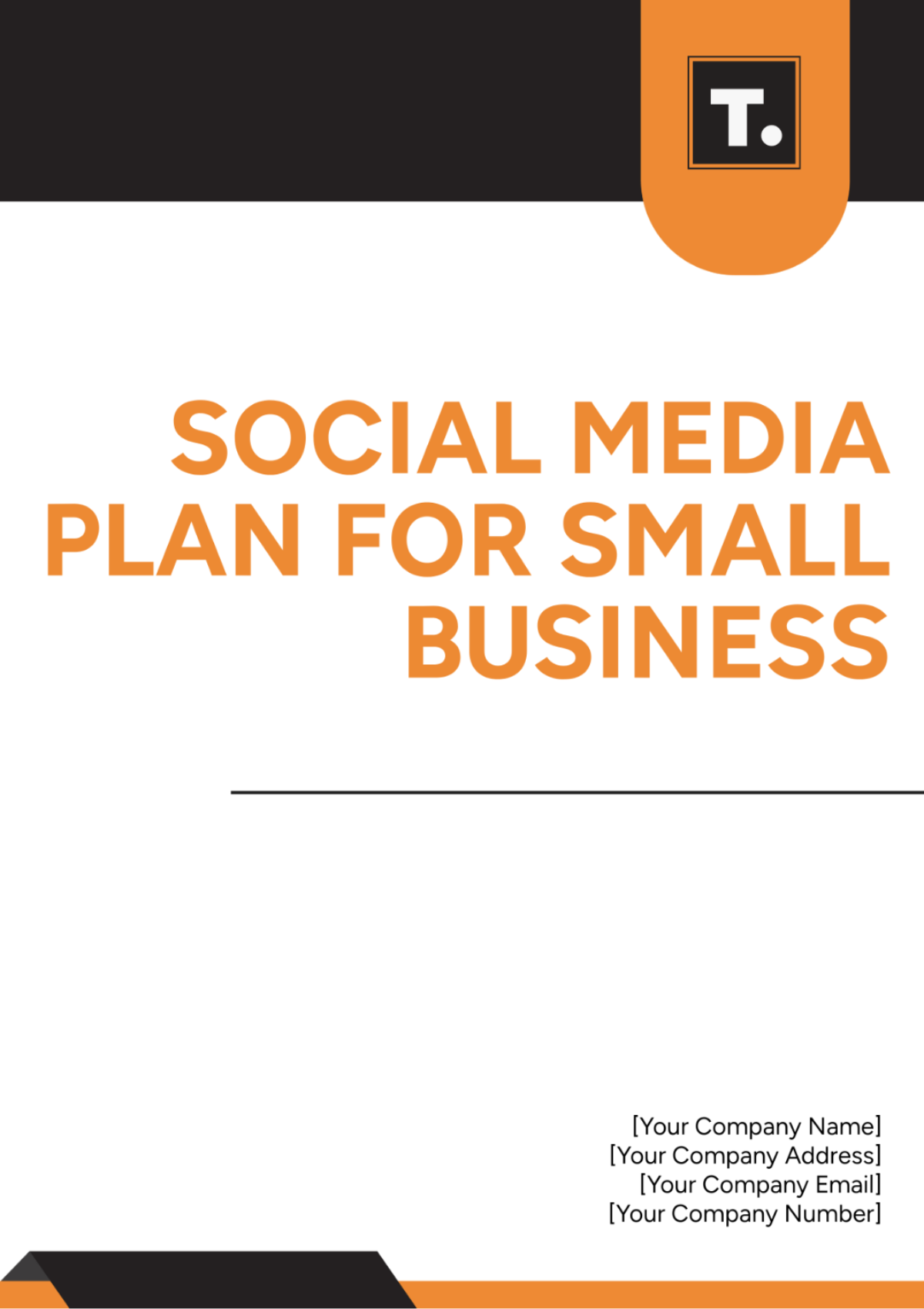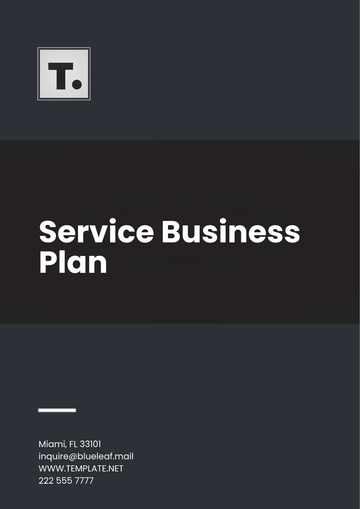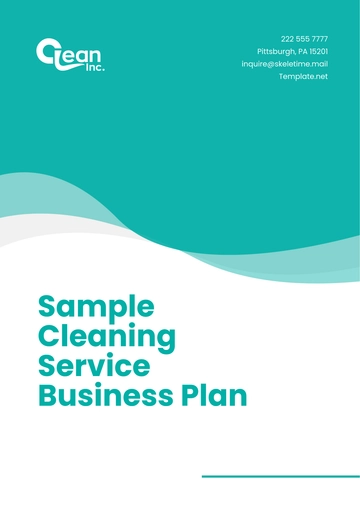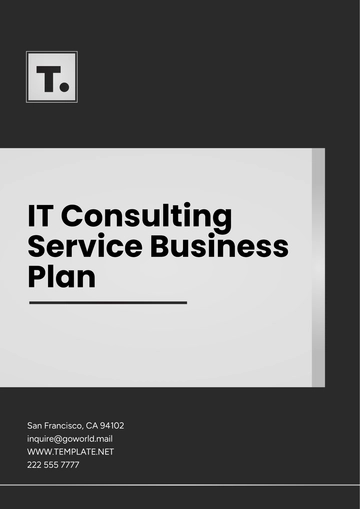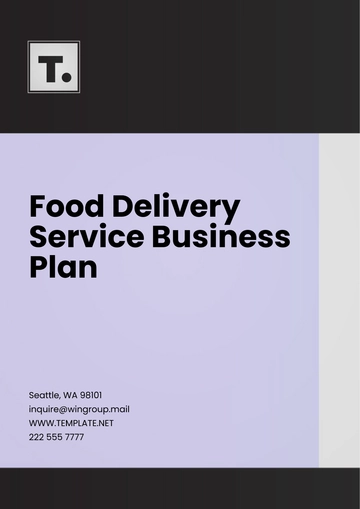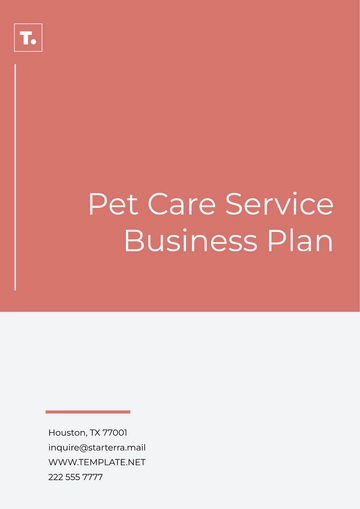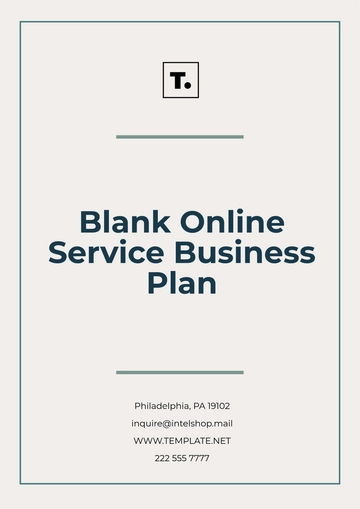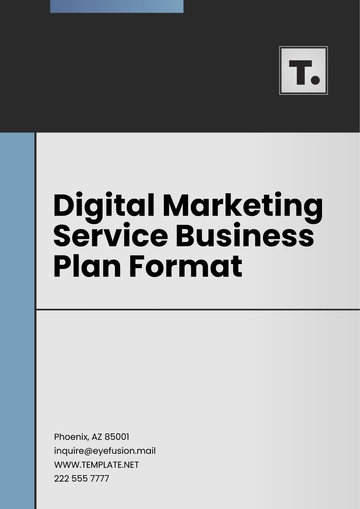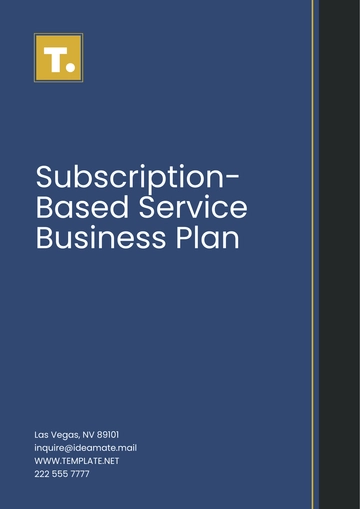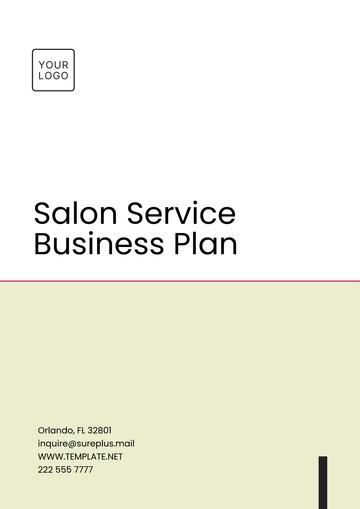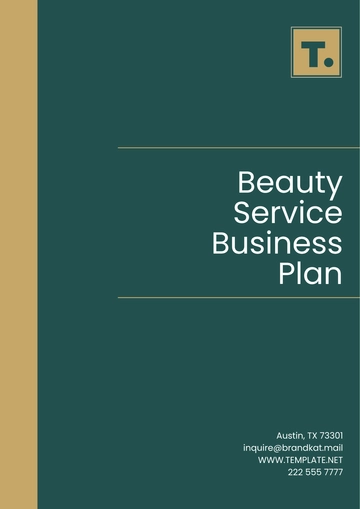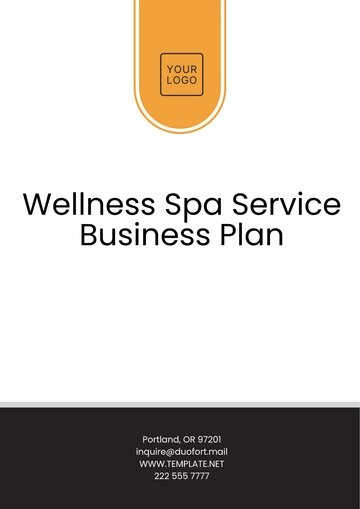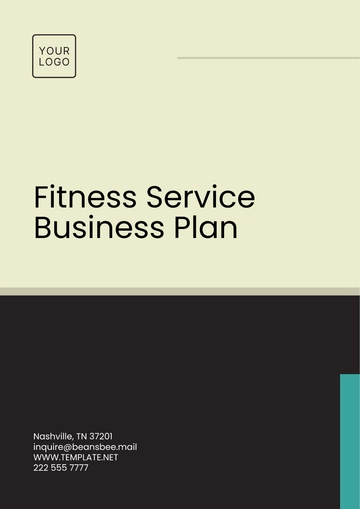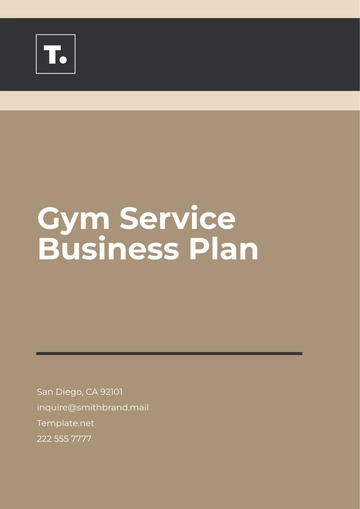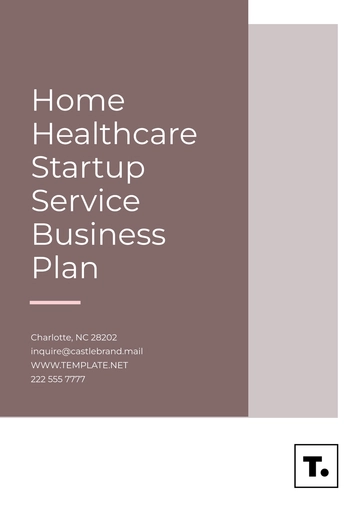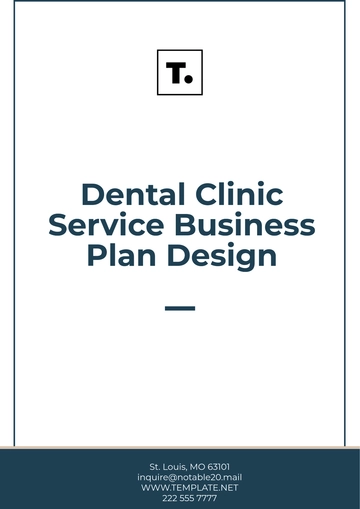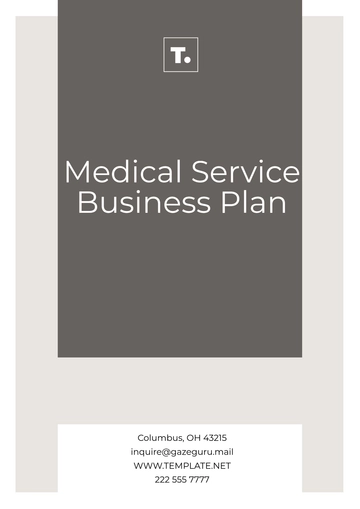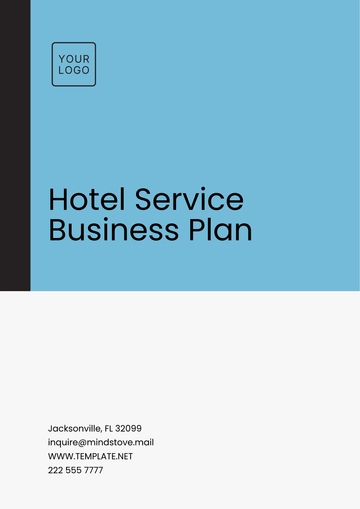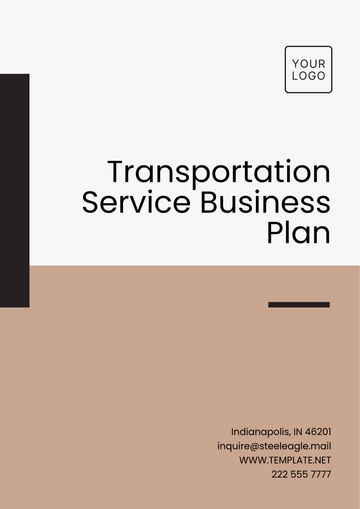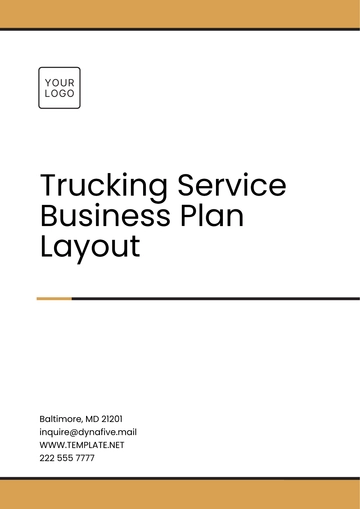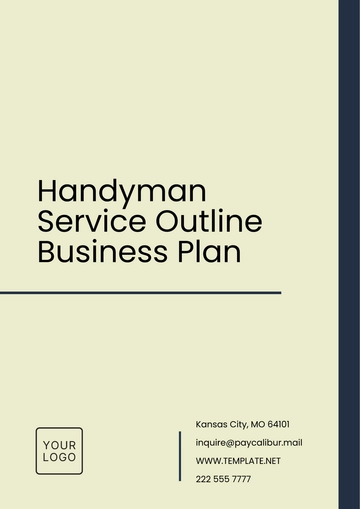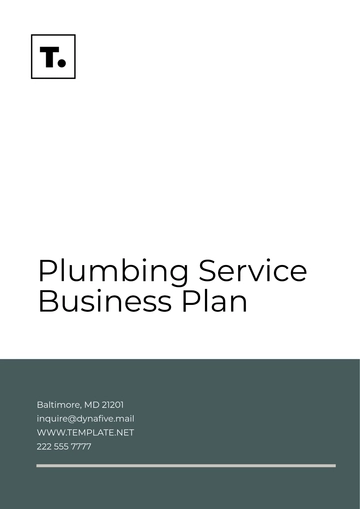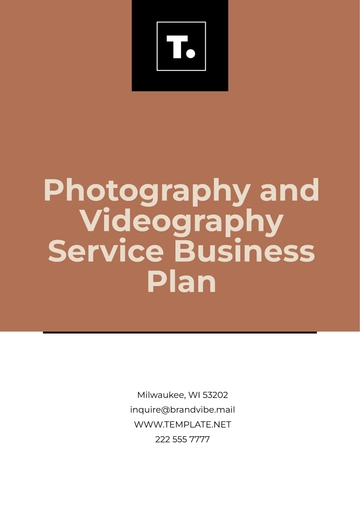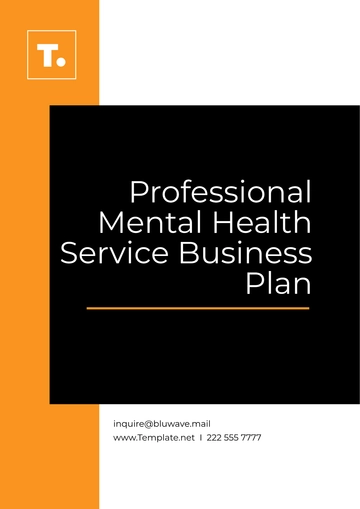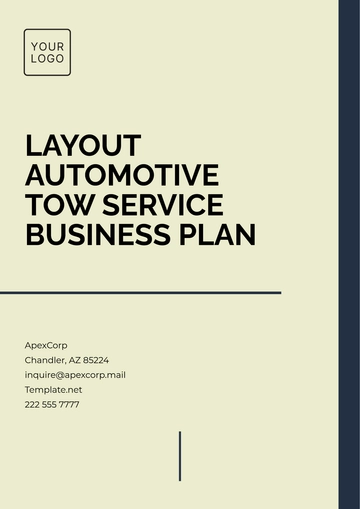Social Media Plan for Small Business
I. Executive Summary
This Social Media Plan aims to enhance the online presence and customer engagement for [BUSINESS NAME], a small business specializing in [PRODUCT/SERVICE]. By leveraging various social media platforms, the plan seeks to increase brand awareness, drive traffic to the business's website, and foster a loyal customer base.
II. Goals and Objectives
A. Goals
Increase Brand Awareness: Establish a strong online presence to make [BUSINESS NAME] more recognizable.
Boost Customer Engagement: Foster a community around the brand to encourage repeat business and word-of-mouth marketing.
Drive Website Traffic: Increase the number of visitors to the business's website, ultimately leading to higher sales.
Generate Leads and Sales: Use social media as a tool to attract potential customers and convert them into paying clients.
B. Objectives
Achieve a [% INCREASE]% increase in social media followers across all platforms within [TIME FRAME].
Increase engagement (likes, comments, shares) by [% INCREASE]% over the next [TIME FRAME].
Drive a [% INCREASE]% increase in website traffic from social media channels in the next [TIME FRAME].
Generate [NUMBER] leads per month through social media campaigns.
III. Target Audience
A. Demographics
Age: [AGE RANGE] years old
Gender: [GENDER]
Location: [GEOGRAPHIC AREA]
Income Level: [INCOME LEVEL]
Interests: [RELEVANT INTERESTS]
B. Psychographics
Values quality and customer service
Engages in social media regularly
Likely to follow brands and businesses they trust
Seeks recommendations and reviews before making purchases
IV. Platform Selection
A. Primary Platforms
Facebook: For its broad user base and versatile content formats.
Instagram: To showcase visually appealing products and behind-the-scenes content.
Twitter: For real-time updates and customer service interactions.
LinkedIn: To connect with other businesses and professionals, especially if the product/service is B2B.
B. Secondary Platforms
Pinterest: For visually driven content that can drive traffic to the website.
YouTube: For detailed product demonstrations and customer testimonials.
V. Content Strategy
A. Content Types
Educational Posts: Tips, how-tos, and industry news.
Promotional Content: Special offers, new product launches, and sales announcements.
Engaging Posts: Questions, polls, and interactive content to foster engagement.
Visual Content: High-quality photos and videos showcasing products and services.
User-Generated Content: Sharing content created by customers to build community and trust.
B. Posting Schedule
Facebook: [FREQUENCY] times per week
Instagram: [FREQUENCY] posts and stories
Twitter: [FREQUENCY] times per day
LinkedIn: [FREQUENCY] times per week
VI. Content Calendar
Develop a monthly content calendar outlining specific posts, dates, and times to ensure consistent and timely content delivery.
Date | Platform | Content Type | Post Description | Time |
|---|
[MM/DD] | Facebook | Educational Post | "Top 5 Tips for Using [PRODUCT/SERVICE]'' | 10:00 AM |
[MM/DD] | Instagram | Visual Content | Photo of [PRODUCT/SERVICE]with customer testimonial | 1:00 PM |
[MM/DD] | Twitter | Engaging Post | "What's your favorite feature of [PRODUCT/SERVICE]?" | 11:00 AM |
[MM/DD] | LinkedIn | Promotional Content | Announcement of special offer for B2B clients | 2:00 PM |
[MM/DD] | Instagram | User-Generated Content | Share a customer's post about their experience | 9:00 AM |
[MM/DD] | Facebook | Engaging Post | Poll: "Which new feature would you like to see next?" | 3:00 PM |
[MM/DD] | YouTube | Educational Video | "How to Make the Most of [PRODUCT/SERVICE]" tutorial | 5:00 PM |
VII. Engagement Strategy
Respond Promptly: Aim to respond to comments and messages within [TIME FRAME].
Host Live Sessions: Use live videos for Q&A sessions, product launches, and behind-the-scenes looks.
Run Contests and Giveaways: Encourage user participation and expand reach.
Engage with Followers: Like, comment, and share user-generated content to build relationships.
VIII. Advertising Strategy
A. Paid Campaigns
Facebook Ads: Targeted ads based on demographics, interests, and behaviors.
Instagram Ads: Visually appealing ads to reach a broader audience.
Twitter Ads: Promoted tweets to increase visibility.
LinkedIn Ads: Sponsored content for professional outreach.
B. Budget Allocation
IX. Analytics and Monitoring
A. Key Metrics
Reach and Impressions: Measure how many people see the content.
Engagement Rate: Track likes, comments, shares, and saves.
Website Traffic: Use Google Analytics to monitor traffic from social media.
Conversion Rate: Measure leads and sales generated from social media efforts.
B. Tools
Social Media Management Tools: [TOOL NAME], [TOOL NAME], or [TOOL NAME] for scheduling and monitoring.
Analytics Tools: Native platform analytics, Google Analytics.
X. Evaluation and Adjustment
XI. Conclusion
By implementing this comprehensive Social Media Plan, [BUSINESS NAME] will be well-positioned to enhance its online presence, engage with customers, and drive business growth. Regular monitoring and adjustments will ensure the strategies remain effective and aligned with the business's evolving goals.
Plan Templates @ Template.net
